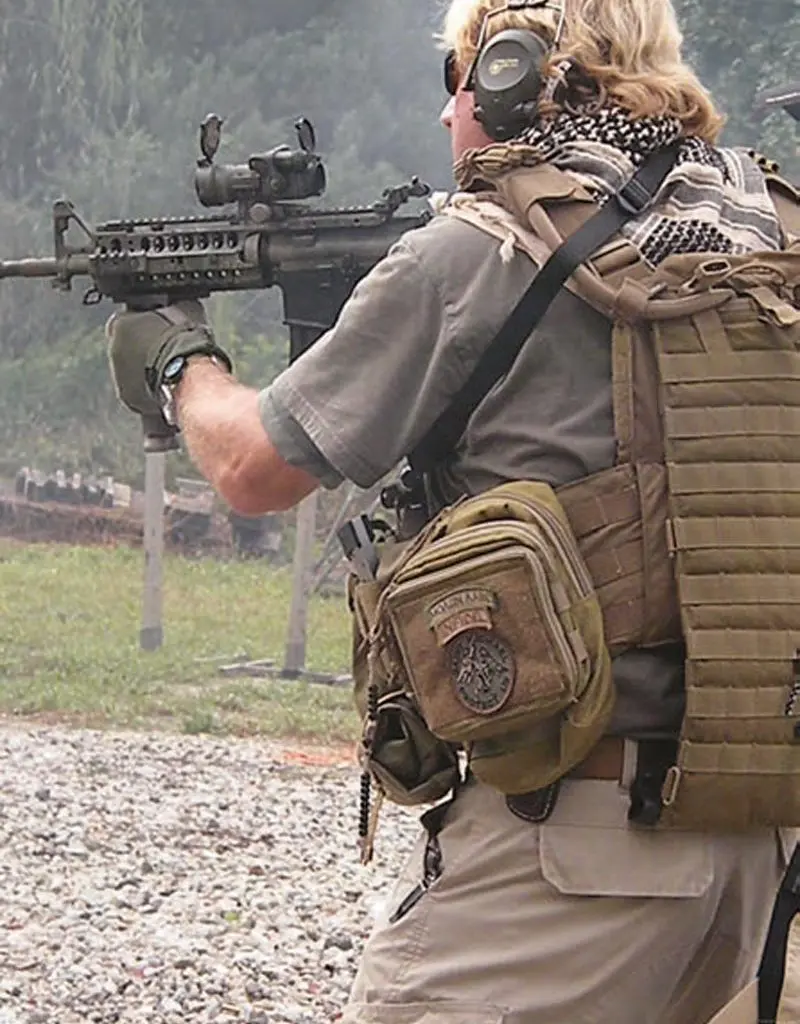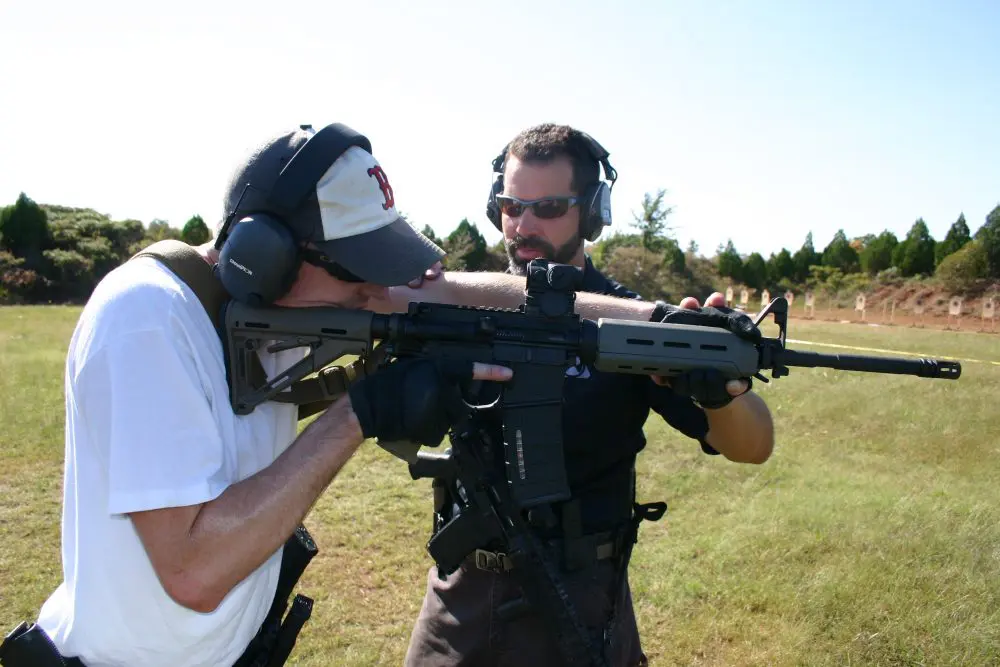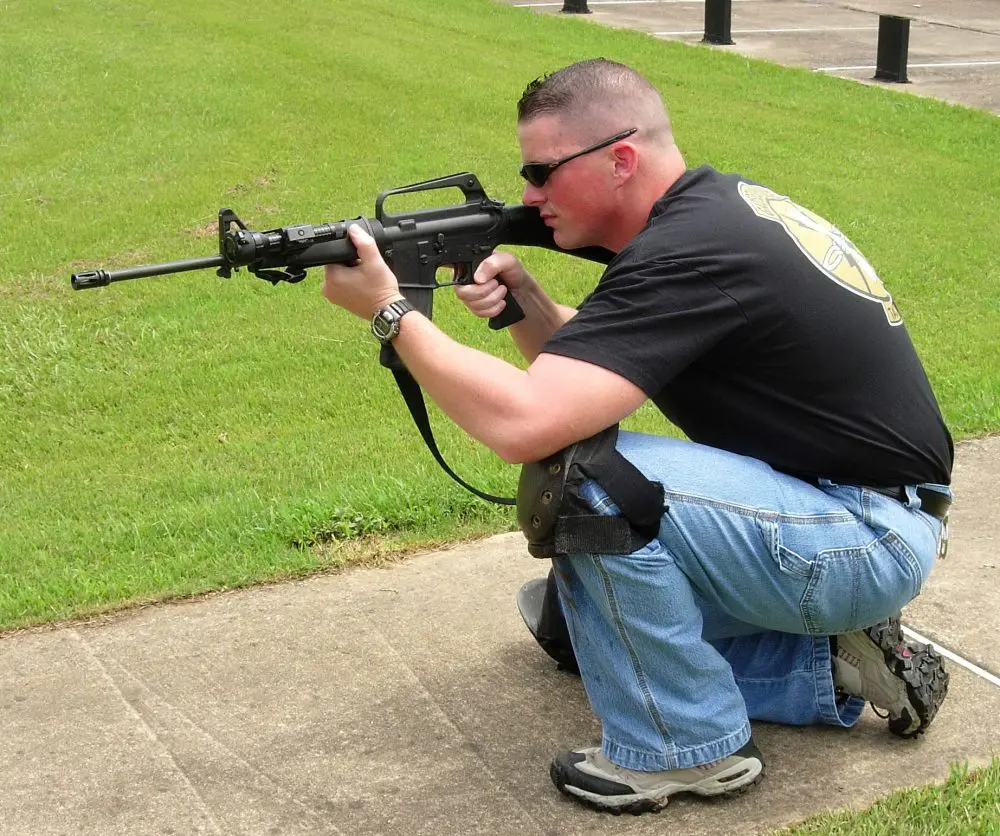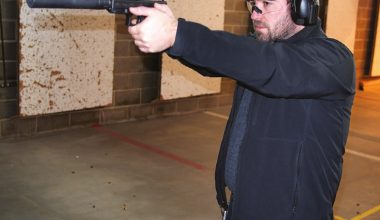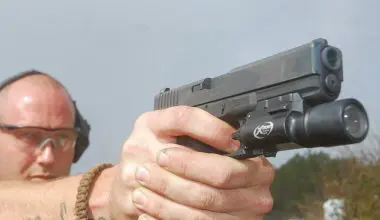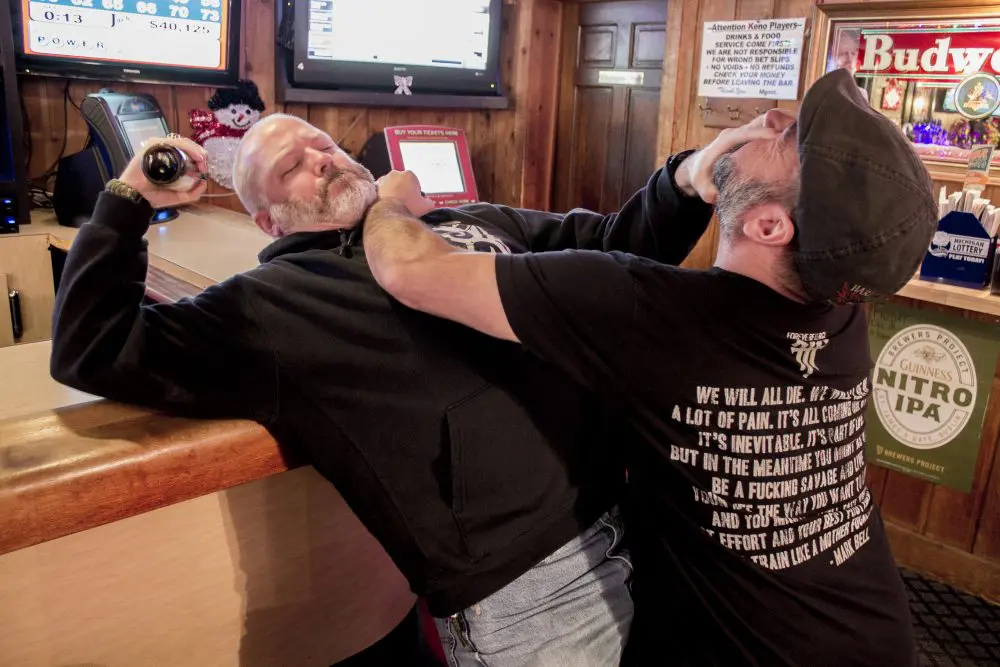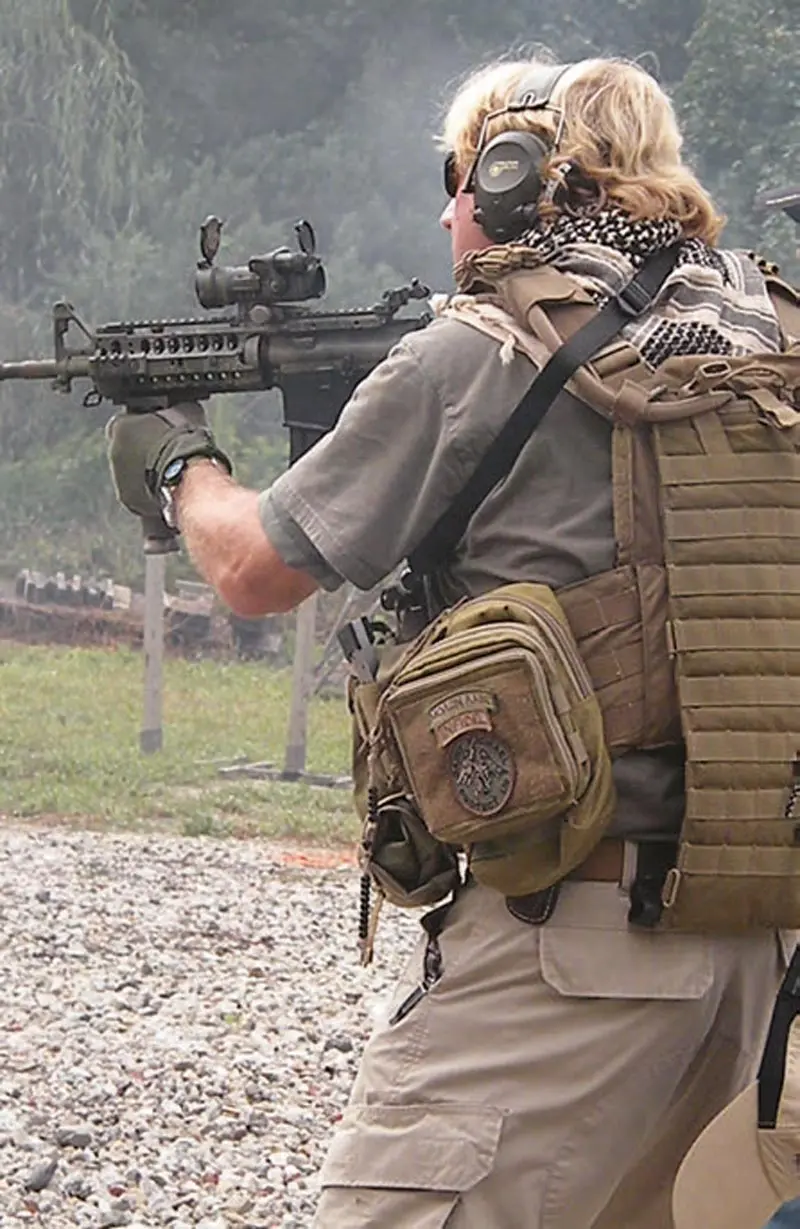
I recently attended the Tactical Carbine 1 course at Man Alone Tactical (MAT) in South Carolina. This weekend course is intended to introduce students to the operation of a rifle while engaging a human threat. The class also lays the foundation for further training in MAT’s advanced carbine classes.
A variety of students gathered on the MAT range outside Beaufort, South Carolina on a hot and humid weekend. Student backgrounds and occupations were diverse, such as website developer, charter boat captain, surgical assistant, and police officer.
Shooters came in from Ohio, Maine, Virginia and Florida, along with a cast of locals. Most had AR-15s accessorized in many different configurations, and one student used a G3 in .308.
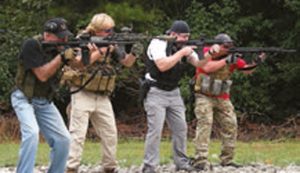
Table of Contents
THE MAN ALONE
Hardcore S.W.A.T. readers may recognize MAT’s lead instructor as Cable Hogue, author of the February 2010 article on sight offset (SIGHT OFFSET: The Next Dimension). Out on his range, we just call him Mitch. Although he doesn’t like to drop names, a little prodding reveals Mitch has extensive firearms training from the best in the business, such as Alan Brosnan, Mike Seeklander, and Jeff Gonzales. His experience is evident as he presents proven techniques to help gain advantage in a gunfight. Mr. XX, a former Blackwater instructor, acted as Range Safety Officer and also gave valuable advice to students.
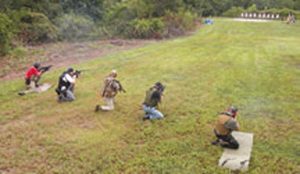
On Friday night before the first day of class, students were invited to MAT headquarters to meet one another and get a safety brief. It was a good opportunity to break the ice and go over the plan for the weekend. First in the instructor’s mind was safety. The goal for this class was to emphasize and practice the fundamentals— and nothing is more fundamental than safety.
SAFETY RULES
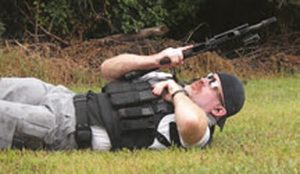
Since you are reading S.W.A.T. Magazine, you have probably heard the basic firearms safety rules many times, but they bear repeating. Every year we hear of tragic incidents that could have been avoided if the rules had been followed. Because this was an introductory class and some students were inexperienced with a rifle, Hogue made certain that the following rules were understood.
- Treat every firearm as if it is loaded. Make sure the source of ammunition is removed from the firearm before unloading the chamber. Check and double check after you have unloaded. When someone hands you a firearm, assume it is loaded. Loading and unloading procedures should be ingrained in your mind and practiced until they become second nature.
- Never point a firearm at anything you are not willing to destroy. This rule seems to be frequently forgotten. If you violate any or all of the other rules and have a negligent discharge, tragedy can be avoided if you have your muzzle pointed at the dirt.
- Keep your finger off the trigger until you are ready to fire. This cannot be stressed enough. The gun will not go off by itself.
- Be sure of your backstop and beyond. Bullets can reach great distances. They will zip through your cardboard targets and more, and end up in the next county.
Additionally, during class there was no handling of firearms off the firing line. Racks were provided, and after insuring they were unloaded, the rifles were racked vertically during breaks. The range was modest, but Man Alone Tactical took great care to provide a proper facility for the learning experience.
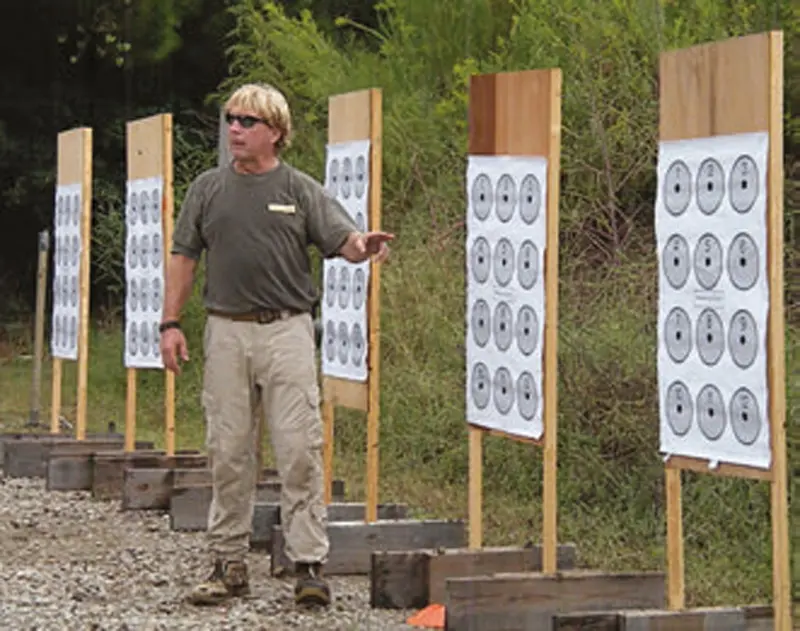
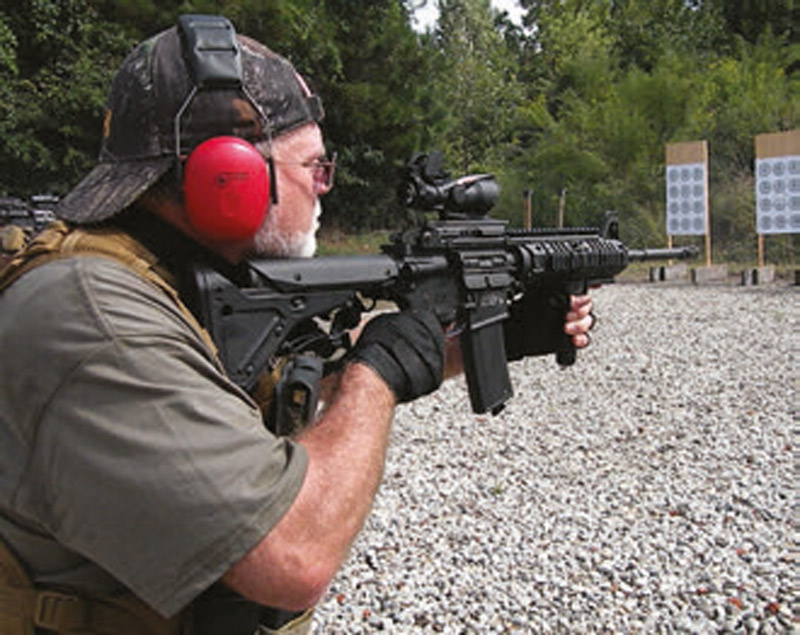
TRAINING DAY 1
On Saturday morning, TD1 started with another safety brief. We practiced proper operation of our rifles with some dry-fire drills. We brought the sights up on target while taking the safety off and made a steady pull straight back on the trigger. We brought the rifle back down while placing it on safe and worked the action. Correct stance, sight picture and trigger control were emphasized, along with follow through and a check of our surroundings after engagement.
The stance demonstrated was with the body squared up to the target. For some, it was hard to break out of a targettype stance, with the strong-side shoulder pulled back and the body bladed toward the target. Mitch explained how the movement and recoil of the weapon is better managed with a square stance and that body armor does its job the best when facing the enemy, not turned sideways. Presenting your unprotected underarm and side to enemy fire can obviously lead to disastrous results.
Upon being satisfied that each student was operating in a safe manner, live ammo was loaded to establish a 50-yard zero for each weapon. After our zeroes were confirmed, we fired from different ranges with the same aiming point to observe how point-of-aim compares to point-of-impact because of sight offset and bullet drop.
We then executed snap shots from the low ready position, attempting to obtain a quick sight picture and sight alignment on target. Shot count was gradually increased from one to six shots, aiming for center mass of the target’s torso. After each student demonstrated his ability to keep all rounds on target, a shot timer was used to introduce a sense of urgency. Shot groups spread out a little as we tried to pick up the pace. Each student was coached to reach his fastest speed while still being able to make accurate hits. We worked through problems with stance, grip and gear issues to optimize our reaction time.
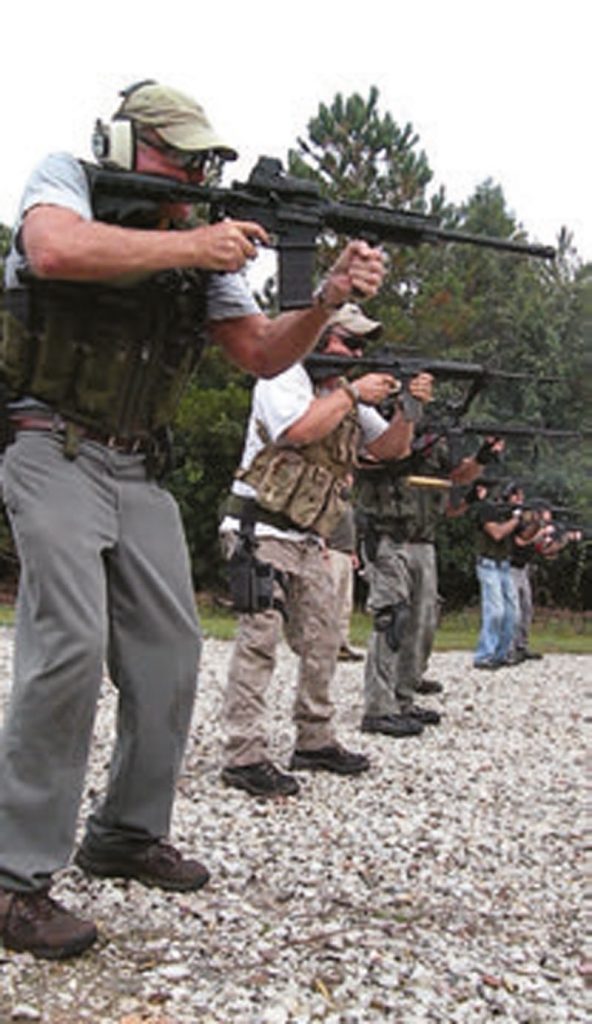
GEAR PROBLEMS
Equipment issues were worked out for each student. Sighting and optic problems were evident early on. One lowbudget red-dot sight failed by shutting down after each shot. Quality equipment pays for itself, and paying less for equipment may be a life-threatening mistake. Why put yourself at a disadvantage before you even get into a gunfight?
Reloading drills revealed some advantages and disadvantages with different mag carry choices. Sling problems showed up during transition drills. Each drill gave students valuable insight into how their gear worked for or against them. It’s far better to deal with these issues in training than face them at the moment of truth.
NUMBER TARGETS
Next we engaged the MAT number drill targets. This target consisted of 16 numbered circles. Numbers would be called out before the command of “Threat,” and we practiced our target identification and acquisition skills by engaging the target specified. The numbers were increased to strings of four and five, and we engaged multiple targets in the order called.
Students were instructed to lead with their eyes and snap the weapon to the target. The exercise was designed to insure that the student can move in all directions and engage the target regardless of the direction of movement. Some shooters had moved in a certain direction for so long that they could not acquire targets in other directions as quickly.
INSTRUCTOR FOCUS
We were taught to respond to a basic failure-to-fire by pushing/pulling the bottom of the magazine to ensure it was seated, then running the bolt to ensure a round was chambered. For a double feed, we dropped the mag, ran the bolt several times, and locked it back. We then checked the chamber, cleared it if needed, and inserted a fresh mag.
Mitch’s instruction throughout the course focused on becoming smooth and quick with efficiency of movement. Getting rounds on your target first can make all the difference in a gunfight, and by giving training time to the fundamentals, you will give yourself a great advantage in return. Every move was broken down into basic movements, easily repeated under stress.
TRAINING DAY 2
TD2 brought more drills aimed at honing the basics of weapon control. The class practiced different stances. Standing, kneeling and prone were utilized, depending on the ranges. Magazine changes while prone were demonstrated. By pulling our legs together and rolling onto our side while keeping the rifle close and pointed downrange, we were able to access our chest rigs for an efficient reload. A reload while prone can be challenging, but this technique made it easier.
The drills moved faster and required different stances, which we changed on command. For example, we fired on the target starting from a standing position. On the command of “Knee,” we dropped to a knee and continued firing on target. On the command of “Prone,” the class assumed a prone position to deliver more hits on target.
Turn-and-face drills came next. Students were reminded of the safety rules. During this drill, it was especially important to keep the muzzle pointed in a safe direction and finger off the trigger until on target and ready to fire. We ran the drill first without ammo and by the numbers. The instructor demonstrated raising the rifle to fire only after completing a pivot to face the target.
Again, we led with our eyes, turning our head to assess the threat while making the pivot. We addressed threat targets at three o’clock and nine o’clock, as well as a complete 180-degree pivot to face a six o’clock threat.
Next we worked on failure drills. After firing a pair into the center mass of the target torso, a follow-up pair was fired into either the head or pelvic region of the target. This simulated the failure of the first two rounds to stop a threat. Mitch explained how the attacker may be wearing body armor or for some other reason will not go down with center- mass hits. Hits to the head will likely change his mind quickly, and hits to the hip area can shatter the pelvis, taking away his means of locomotion.
TEAM UP!
For lunch on TD2, we were served some Boston Butt Pork that had been slow roasting over the grill all morning. After lunch, the culmination of the course came in the form of a friendly competition.
With the class divided into two teams, steel targets were set up—some head sized and some torso sized. Students were given the choice of which stance to employ during the drill, but were encouraged to try them all. At 50 yards, each student had to make a hit on each steel plate before the next member on the team could start. The winning team was the first to hit all targets.
A little cardio was added to the next round of the game. Before each student could begin his assault on the plates, he had to run back to the 125-yard line, retrieve a loaded mag, and return to the firing line.
THE MAT WAY
Mitch ended the course with compliments to each student and asked each of us for feedback. All feedback was positive, with some wishing we had more class time. It is no wonder Man Alone Tactical has many repeat students coming back for handgun, shotgun and carbine training. The training was positive at all times, focusing on what the student does well and building on achievements. The instruction revolved around the student’s abilities, not the instructor’s.
Tactical Carbine 1 is a great way to learn the basics of operating the carbine, and the course lays a solid foundation for more advanced classes. It is also important practice for experienced shooters. I enjoyed the class very much, but this was not a shooting holiday. It was real-world instruction based on real-world data. Mitch and Mr. XX gave solid instruction and expected each student to do his best in return.
I have provided only a summary of the wealth of material packed into this two-day class. If you own a carbine or plan on getting one, I highly recommend getting to South Carolina for the top-notch instruction and Southern hospitality of Man Alone Tactical.
